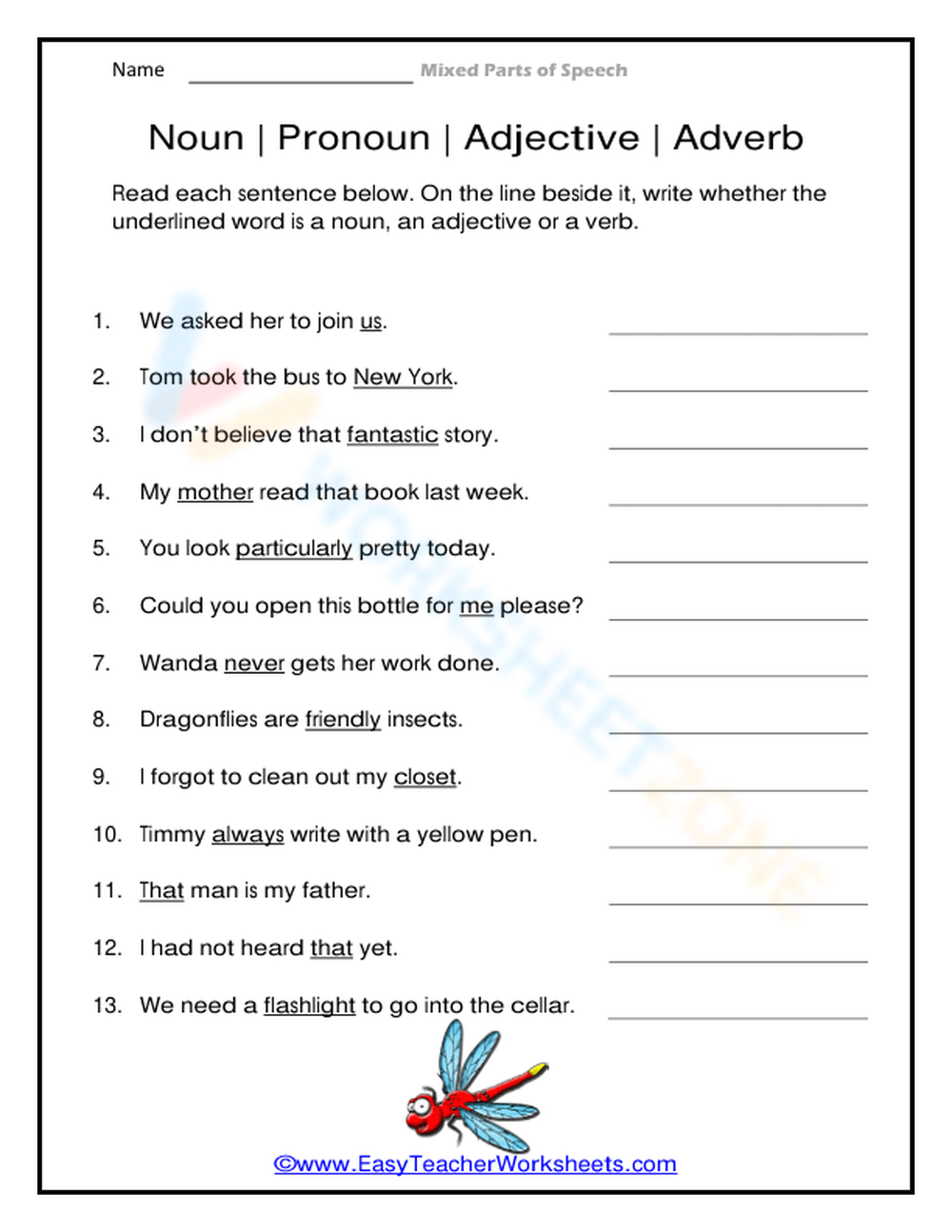When it comes to understanding the English language, one of the key components is knowing how different parts of speech work together. Verbs, nouns, and pronouns are essential elements that form the foundation of sentences. In this article, we will focus on the relationship between verbs, nouns, and pronouns and how they interact to create meaningful communication.
Verbs are action words that express what the subject of a sentence is doing. They are essential for conveying action, state of being, or occurrence. Nouns, on the other hand, are words that refer to people, places, things, or ideas. Pronouns, which are a type of noun, are used to replace nouns in a sentence to avoid repetition. Understanding how these three parts of speech work together is crucial for clear and effective communication.
Verb Noun Pronoun
When a verb is used in a sentence, it typically acts on a noun or pronoun. The noun or pronoun that receives the action of the verb is known as the direct object. For example, in the sentence “She ate the apple,” the verb is “ate,” the noun is “apple,” and the pronoun is “she.” The pronoun “she” is the subject of the sentence, and the noun “apple” is the direct object that the verb “ate” acts upon.
Verbs can also be used with pronouns as their subjects. For example, in the sentence “They are running,” the verb is “are running,” and the pronoun “they” is the subject of the sentence. Pronouns are versatile in that they can function as subjects, objects, possessives, and more, making them essential in constructing coherent sentences.
Another important aspect of using verbs, nouns, and pronouns together is ensuring agreement in number and gender. Verbs must agree with their subjects in terms of number (singular or plural) and pronouns must agree with the nouns they replace. For example, in the sentence “He eats apples,” the verb “eats” agrees with the singular subject “he,” while in the sentence “They eat apples,” the verb “eat” agrees with the plural subject “they.”
In conclusion, verbs, nouns, and pronouns are integral parts of speech that work together to form meaningful sentences. Understanding how these elements interact and ensuring agreement in number and gender are essential for effective communication. By mastering the relationship between verbs, nouns, and pronouns, one can enhance their writing and speaking skills.
